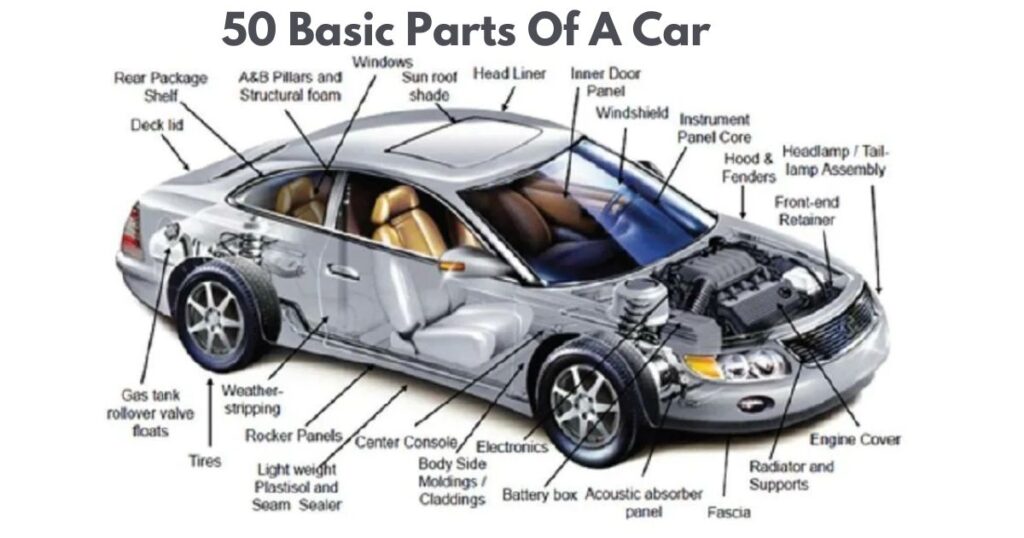Owning a car is a significant responsibility, and for American drivers, understanding the basic components that make up their vehicle is essential. Whether you’re a seasoned driver or a new car owner, having knowledge of the fundamental parts can save you money on repairs, help with maintenance, and ensure your safety on the road.
In this comprehensive guide, we’ll explore 50 basic car parts with names and diagrams, empowering you to become a more informed and confident driver.
Car Engine and Related Parts
The engine is the heart of your car, and several crucial components work together to keep it running smoothly.
1. Engine
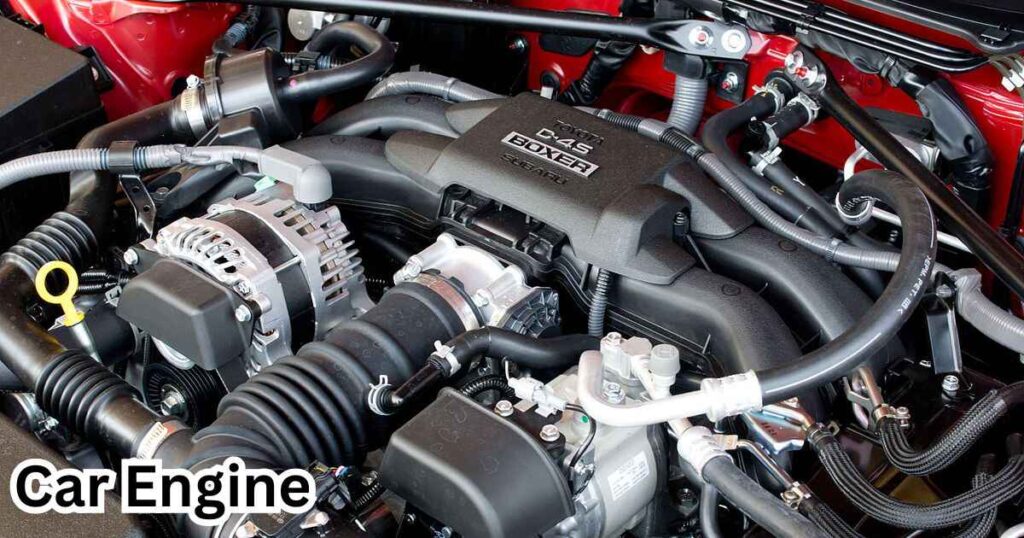
The engine is undoubtedly the most critical part of a car. It’s where the combustion process takes place, converting chemical energy from fuel into mechanical energy that propels your vehicle. There are two main types of engines:
- Internal Combustion Engine (ICE): This engine mixes air and fuel, ignites the mixture, and uses the resulting explosion to move the pistons, ultimately turning the wheels.
- Electric Motor: Found in electric vehicles, this type of engine uses rechargeable batteries to store energy and deliver it to the wheels, providing instant torque and acceleration.
2. Transmission
The transmission is responsible for transferring the power generated by the engine to the wheels. It contains a system of gears that allows you to change the gear ratios, making it easier to accelerate, decelerate, and maintain a constant speed. There are two main types of transmissions:
- Automatic Transmission: This transmission automatically shifts gears based on your speed and the engine’s RPM, making it more convenient to drive.
- Manual Transmission: With a manual transmission, you must manually shift gears using a clutch pedal and gear shift.
3. Alternator
The alternator is a crucial component that generates electricity to power your car’s electrical systems and charge the battery. It’s driven by the engine’s crankshaft and typically mounted at the front of the engine.
4. Battery

The battery is an electrochemical device that stores and provides electrical energy to start your car and power various electrical components when the engine is off or idling. It’s essential to keep your battery in good condition to ensure reliable starting and electrical system operation.
5. Radiator
As the engine runs, it generates a significant amount of heat. The radiator is responsible for dissipating this heat by circulating coolant through the engine and allowing air to flow through its fins, cooling the coolant. This process prevents the engine from overheating and ensures optimal performance.
6. Cooling System
The cooling system works in tandem with the radiator to maintain the engine’s optimal operating temperature. It consists of the radiator, coolant, hoses, a water pump, and a thermostat. The coolant circulates through the engine, absorbing heat, and then passes through the radiator to release the heat before returning to the engine.
7. Lubrication System
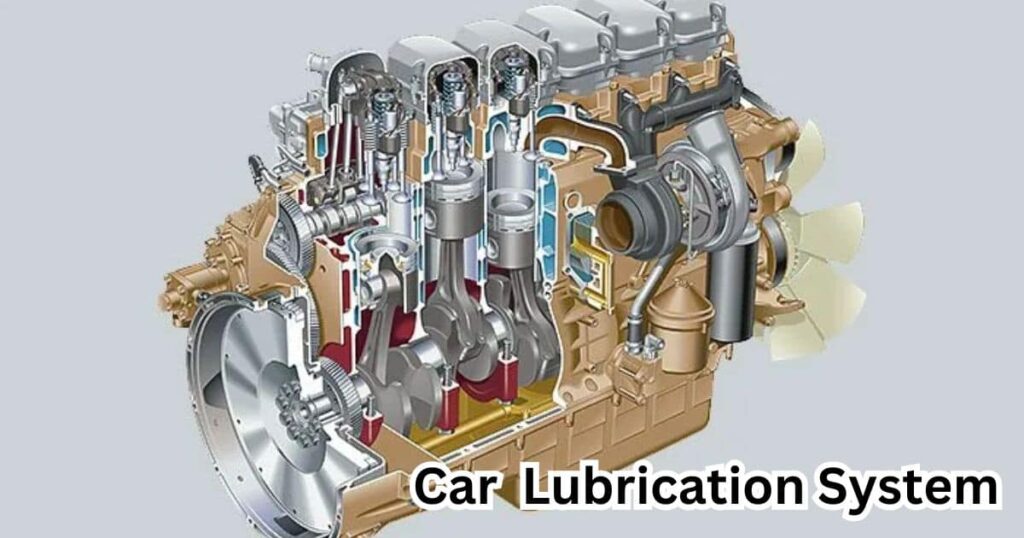
The lubrication system is essential for reducing friction between the engine’s moving parts. It involves an oil pump that circulates engine oil throughout the engine, lubricating and cooling the components. Proper lubrication is crucial for prolonging the engine’s life and preventing costly repairs.
8. Ignition System
In a gasoline engine, the ignition system is responsible for igniting the air-fuel mixture in the combustion chambers. It consists of components such as the battery, ignition coil, distributor, and spark plugs. The system transforms the battery’s low voltage into high voltage, which is then sent to the spark plugs to create the necessary spark for combustion.
9. Air Filter
The air filter is a crucial component that prevents dust, dirt, and other contaminants from entering the engine’s combustion chambers. A clogged air filter can reduce engine performance, increase fuel consumption, and potentially cause damage to the engine over time.
Read More: Jonathan Scott: Car Accident News And Tragedy
Drivetrain Parts
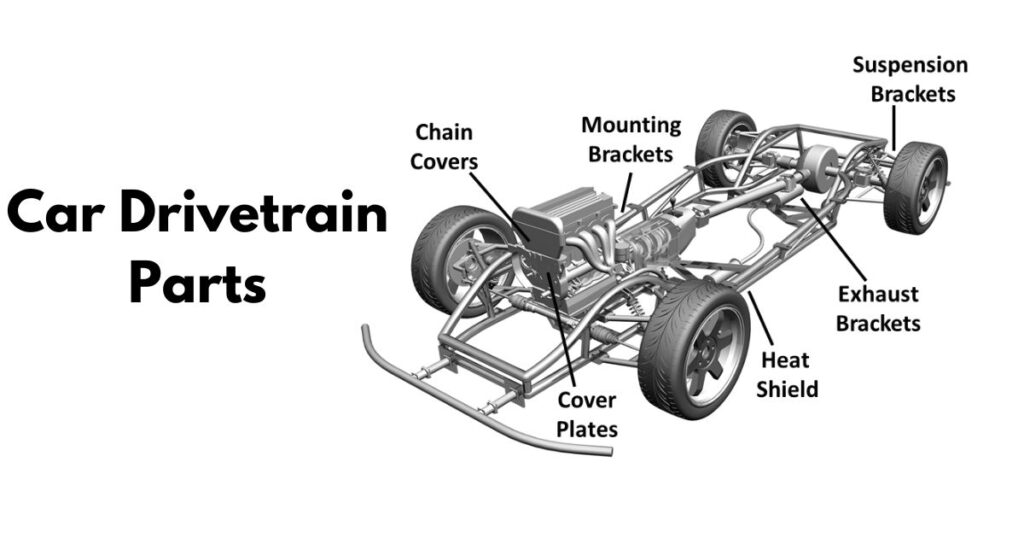
The drivetrain is the group of components that transmit power from the engine to the wheels, allowing your car to move.
10. Clutch
In a manual transmission vehicle, the clutch is the component that disengages the engine from the transmission, allowing you to shift gears smoothly. It’s operated by the clutch pedal, which momentarily disconnects the engine from the drivetrain, facilitating gear changes.
11. Propeller Shaft
The propeller shaft, also known as the driveshaft, is a cylindrical component that transmits rotational force from the transmission to the differential. It’s particularly important in rear-wheel-drive vehicles, where the engine and transmission are located at the front of the car.
12. Differential
The differential is a crucial component that allows the drive wheels to rotate at different speeds, which is necessary for smooth turning. It takes the power from the driveshaft and distributes it to the two drive wheels, facilitating the transfer of torque and enabling the wheels to rotate at different speeds during turns.
13. Gear Shift
The gear shift, or transmission lever, is the component that allows you to change gears in a manual transmission vehicle. It’s connected to the transmission and moves the gear selector forks, engaging different gear ratios.
14. Timing Belt/Chain
The timing belt or chain is a crucial component that synchronizes the rotation of the crankshaft and camshafts, ensuring that the engine’s valves open and close at the precise times relative to the position of the pistons. Failure of the timing belt or chain can result in significant engine damage.
15. Power Train
The power train is the collective term for the components that generate power and deliver it to the wheels. It includes the engine, transmission, driveshaft, differential, and other related components that work together to propel the vehicle forward.
Exhaust and Emissions Parts
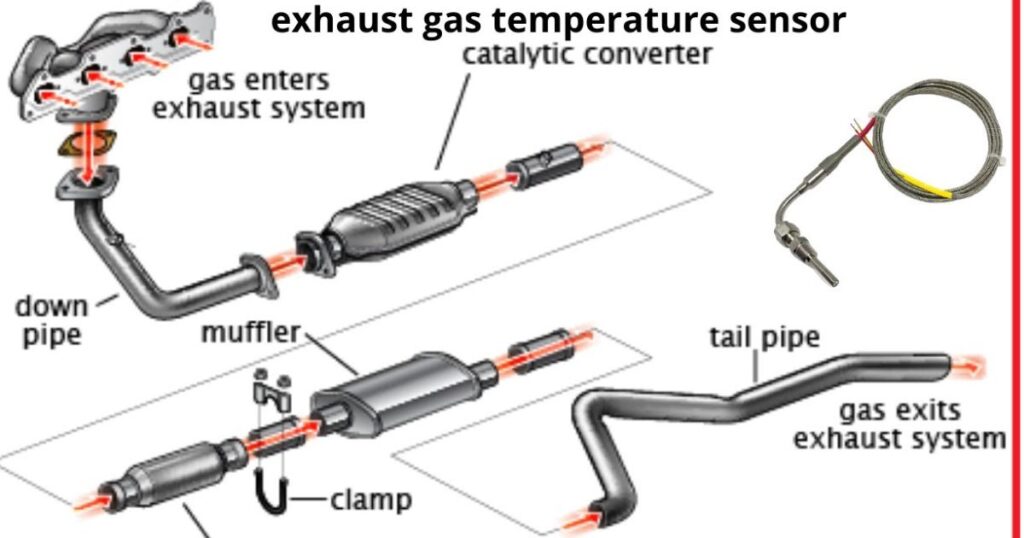
Vehicles produce various emissions and gases that must be properly managed and controlled to meet environmental regulations and ensure optimal performance.
16. Catalytic Converter
The catalytic converter is an essential component of the exhaust system that helps reduce harmful emissions from the engine. It uses catalysts to convert pollutants such as carbon monoxide, hydrocarbons, and nitrogen oxides into less harmful substances before they are expelled through the tailpipe.
17. Muffler
The muffler is a crucial component of the exhaust system that helps reduce the noise generated by the engine’s combustion process. It works by using baffles or other materials to muffle the sound of the exhaust gases as they travel through the exhaust system.
18. Tailpipe
The tailpipe is the final component of the exhaust system, responsible for expelling the exhaust gases from the vehicle. It’s typically located at the rear of the car and is designed to direct the exhaust away from the vehicle and its occupants.
19. Oxygen Sensor
The oxygen sensor, also known as the O2 sensor, is an important component that monitors the amount of oxygen in the exhaust gases. It sends this information to the engine’s computer, which adjusts the air-fuel mixture to ensure optimal combustion and emissions control.
20. Resonator
The resonator is a component of the exhaust system that helps reduce specific frequencies of exhaust noise. It acts as an acoustic chamber, modulating the sound waves produced by the engine to create a more pleasant and less intrusive exhaust note.
Braking and Suspension System
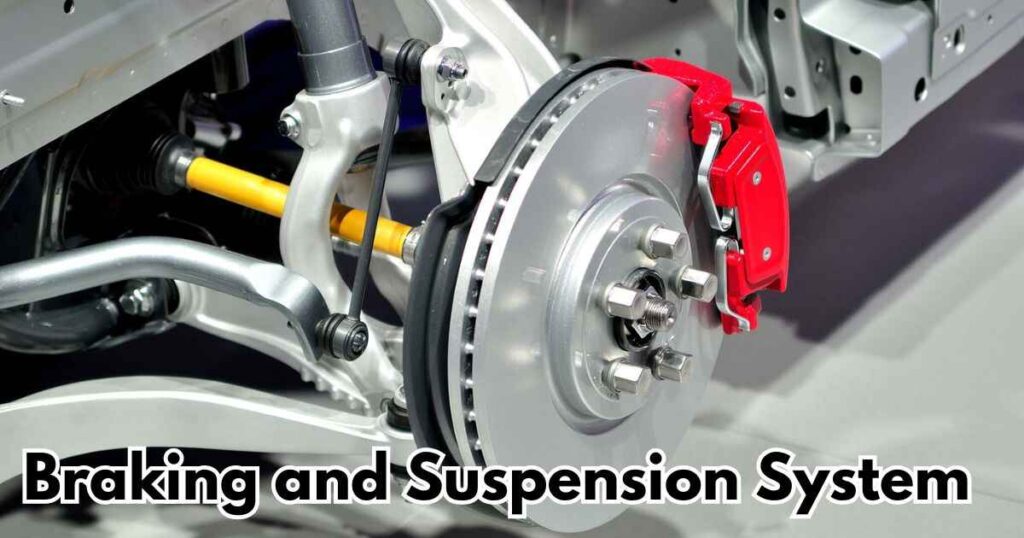
The braking and suspension systems are critical for ensuring your safety and a comfortable ride.
21. Brakes
The braking system is responsible for slowing down or stopping your vehicle. It typically consists of disc brakes on the front wheels and drum brakes on the rear wheels. The key components of the braking system include:
- Brake Pads: These friction materials press against the brake rotors to slow or stop the wheels.
- Brake Rotors: These disc-shaped components spin with the wheels, and the brake pads press against them to create friction and slow the vehicle.
- Brake Calipers: These components squeeze the brake pads against the rotors when you apply the brakes.
22. Suspension System
The suspension system is designed to absorb shocks and vibrations from the road, providing a smooth and comfortable ride. It consists of various components, including:
- Springs: These components absorb the impact of bumps and irregularities in the road.
- Shock Absorbers: These dampen the up-and-down motion of the springs, preventing excessive bouncing and ensuring a controlled ride.
- Control Arms and Bushings: These components connect the wheels to the vehicle’s frame and allow for up-and-down motion while maintaining proper alignment.
23. Front Axle
The front axle is a crucial component that supports the weight of the front of the vehicle and facilitates steering. It consists of several parts, including the beam, swivel pin, track rod, and stub axle.
24. Front Steering and Suspension
The front steering and suspension system is responsible for allowing the wheels to move independently while keeping the vehicle stable and maintaining directional control. It consists of components such as:
- Steering System: This system converts the rotational movement of the steering wheel into an angular turn of the front wheels. Common types include rack-and-pinion and recirculating ball steering systems.
- Suspension Components: These include springs, shock absorbers, control arms, and bushings that work together to absorb road shocks and provide a smooth ride.
25. Rear Axle
The rear axle is a key component that transfers power from the drivetrain to the rear wheels in a rear-wheel-drive or all-wheel-drive vehicle. It consists of two half-shafts joined by a differential, allowing the wheels to rotate at different speeds during turns.
26. Rear Suspension
Similar to the front suspension, the rear suspension system is designed to absorb road shocks and provide a comfortable ride for the rear of the vehicle. It typically includes components such as coil springs, leaf springs, shock absorbers, and control arms or trailing arms.
Fuel System Components
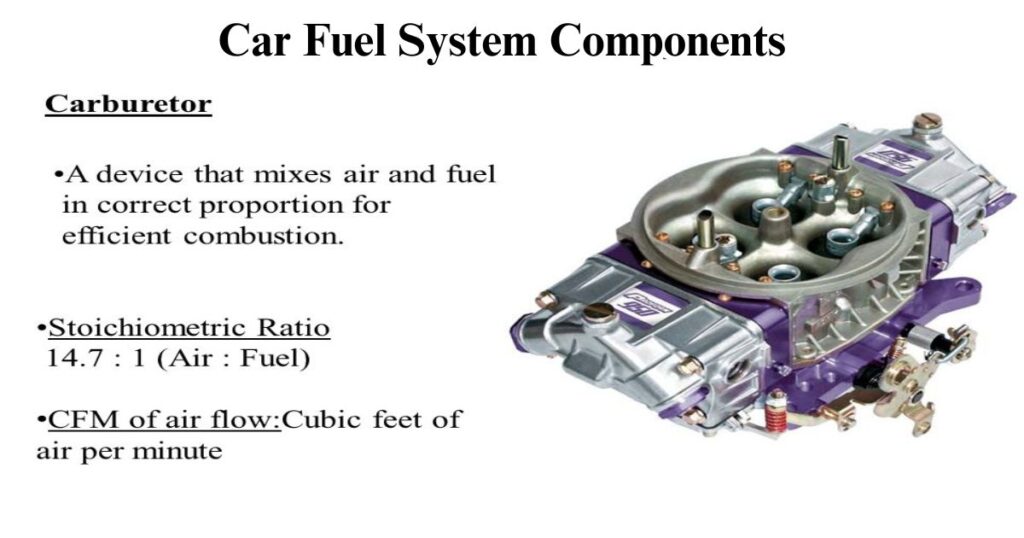
The fuel system is responsible for storing, delivering, and managing the fuel supply to the engine.
27. Fuel Tank
The fuel tank is a secure container that stores the gasoline or diesel fuel for your vehicle. It’s typically located near the rear of the car and is designed to be durable and resistant to leaks or punctures.
28. Fuel Pump
The fuel pump is a crucial component that draws fuel from the tank and delivers it to the engine’s fuel injection system or carburetor. It may be an electric or mechanical pump, and its proper functioning is essential for consistent fuel delivery and engine performance.
29. Fuel Gauge
The fuel gauge is a dashboard instrument that displays the approximate amount of fuel remaining in the tank. It consists of a sending unit inside the fuel tank and an indicator on the dashboard, allowing you to monitor your fuel level and plan for refueling.
Other Essential Car Parts
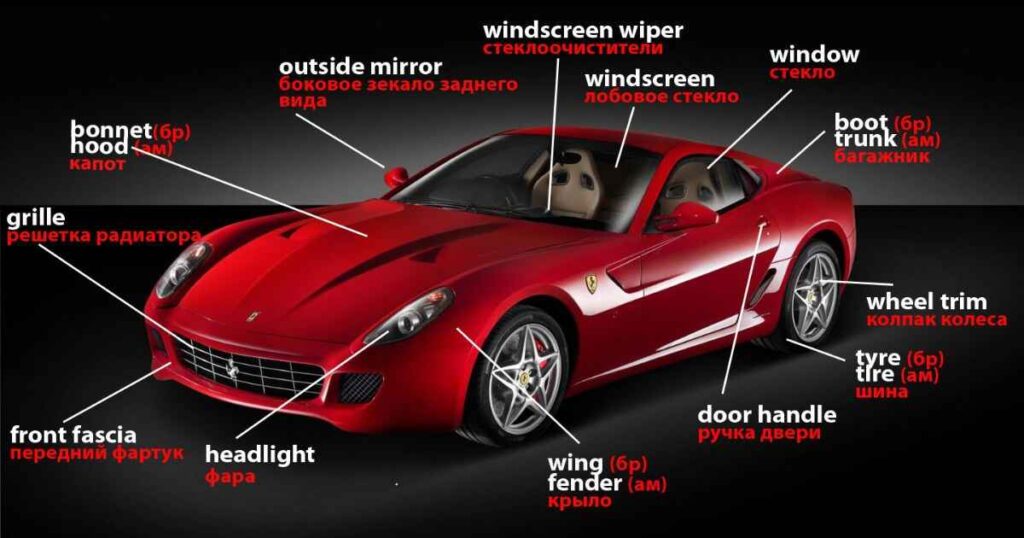
In addition to the major systems and components, there are several other essential parts that contribute to the overall functioning and safety of your vehicle.
30. Serpentine Belt
The serpentine belt is a single, continuous belt that drives multiple accessories in your engine, such as the alternator, power steering pump, air conditioning compressor, and water pump. It’s crucial for the proper operation of these components and must be replaced periodically.
31. Electronic Control Unit (ECU)
The ECU, also known as the engine control module (ECM), is the brain of your vehicle’s electronic systems. It receives input from various sensors and uses that information to control and adjust various functions, such as fuel injection, ignition timing, and emissions control.
32. Headlights
Headlights are essential for illuminating the road ahead and making your vehicle visible to other drivers, particularly at night or in low-light conditions. Modern vehicles may have different types of headlights, including halogen, LED, or HID (high-intensity discharge) lamps.
33. Taillights
Taillights are the red lights located at the rear of your vehicle, which illuminate when you turn on your headlights or apply the brakes. They serve as a visual signal to other drivers, indicating your presence and intentions on the road.
34. Indicator Lights (Turn Signals)
Indicator lights, or turn signals, are amber-colored lights located on the front, rear, and sometimes the sides of your vehicle. They are used to signal your intention to turn or change lanes, alerting other drivers to your intended maneuver.
35. Windshield
The windshield is a critical safety component that provides a clear view of the road ahead while protecting the occupants from wind, rain, debris, and other environmental elements. It’s typically made of laminated safety glass to prevent shattering in the event of an impact.
36. Windshield Wipers
Windshield wipers are essential for maintaining visibility during inclement weather conditions, such as rain or snow. They consist of a motor-driven arm with a rubber blade that sweeps across the windshield, clearing away water, snow, or debris.
37. Airbags
Airbags are a critical safety feature designed to inflate rapidly during a collision, cushioning the occupants and reducing the risk of injury. Modern vehicles may have multiple airbags strategically placed throughout the cabin, including front, side, and curtain airbags.
38. Seat Belts
Seat belts are a vital safety component that secure occupants in their seats during a collision or sudden stop. They help prevent occupants from being thrown from the vehicle or colliding with the interior surfaces, reducing the risk of severe injury or death.
39. Speedometer
The speedometer is a dashboard instrument that displays the current speed of your vehicle. It’s an essential tool for monitoring your speed and ensuring compliance with posted speed limits and safe driving practices.
40. Temperature Gauge
The temperature gauge, often located in the instrument cluster, indicates the temperature of the engine’s coolant. It helps you monitor the engine’s operating temperature and alert you to potential overheating issues, which could lead to engine damage if left unchecked.
41. Odometer
The odometer is a device that records the total distance traveled by your vehicle. It’s a useful tool for tracking mileage and determining when to perform scheduled maintenance or replace certain components based on their recommended service intervals.
42. RPM Gauge (Tachometer)
The RPM gauge, or tachometer, displays the revolutions per minute (RPM) of your engine’s crankshaft. It’s an essential instrument for monitoring engine performance and ensuring that you’re operating within the recommended RPM range for optimal efficiency and longevity.
43. Cruise Control
Cruise control is a convenient feature that allows you to maintain a set speed without constantly applying pressure to the accelerator pedal. It’s particularly useful for long-distance highway driving, reducing driver fatigue and improving fuel efficiency.
44. Proximity Sensors
Proximity sensors are devices that detect the presence of nearby objects, people, or animals. They are often used in modern vehicles for safety features such as automatic emergency braking, parking assistance, and blind-spot monitoring.
45. Car Hood
The car hood, also known as the bonnet in some regions, is the hinged cover that provides access to the engine compartment. It protects the engine and other components from the elements while allowing easy access for maintenance and repairs.
46. Trunk
The trunk, or boot, is an enclosed storage compartment typically located at the rear of the vehicle. It’s used for carrying luggage, cargo, or other items, and its size and capacity can vary depending on the vehicle model.
47. Wheel/Tire
The wheels and tires are critical components that provide traction, support the vehicle’s weight, and facilitate steering and braking. Wheels are typically made of metal alloys, while tires are made of rubber compounds designed to grip the road surface and provide a smooth ride.
Throughout this comprehensive guide, we’ve explored 50 basic car parts that every American driver should be familiar with. Understanding these components can help you communicate more effectively with automotive professionals, perform basic maintenance tasks, and make informed decisions regarding the care and upkeep of your vehicle.
The Engine: The Heart of Your Car
As we discussed earlier, the engine is the powerhouse of your vehicle, responsible for converting fuel into the mechanical energy that propels your car forward. There are two main types of engines: internal combustion engines (ICEs) and electric motors.
Internal Combustion Engines (ICEs)
Internal combustion engines have been the dominant force in the automotive industry for over a century. They work by mixing air and fuel, igniting the mixture, and using the resulting explosion to drive the pistons and crankshaft. Here’s a closer look at the key components of an ICE:
- Cylinder Block: This is the core of the engine, housing the cylinders where the combustion process takes place.
- Pistons: These cylindrical components move up and down within the cylinders, driven by the force of the explosions.
- Crankshaft: Connected to the pistons via connecting rods, the crankshaft converts the reciprocating motion of the pistons into rotational motion, which is then transferred to the wheels.
- Valves: Intake and exhaust valves control the flow of the air-fuel mixture into the cylinders and the expulsion of exhaust gases, respectively.
- Camshaft: This component, driven by the crankshaft, opens and closes the valves at precise intervals, ensuring the proper timing of the combustion process.
Internal combustion engines can be further classified into gasoline engines and diesel engines, each with its own unique characteristics and combustion processes.
Electric Motors
As concerns about environmental impact and fuel efficiency continue to grow, electric vehicles (EVs) have emerged as a viable alternative to traditional gasoline-powered cars. Electric motors in EVs work on a different principle, using rechargeable batteries to store and deliver electrical energy.
Key components of an electric motor include:
- Battery Pack: This high-voltage battery pack stores the electrical energy that powers the motor.
- Motor Controller: Also known as the inverter, this component converts the direct current (DC) from the battery pack into alternating current (AC) to power the motor.
- Electric Motor: This is the heart of the electric propulsion system, converting electrical energy into rotational motion to drive the wheels.
While electric motors have fewer moving parts compared to ICEs, they still require various supporting components, such as cooling systems, power electronics, and regenerative braking systems, to ensure optimal performance and efficiency.
The Transmission: Harnessing the Power
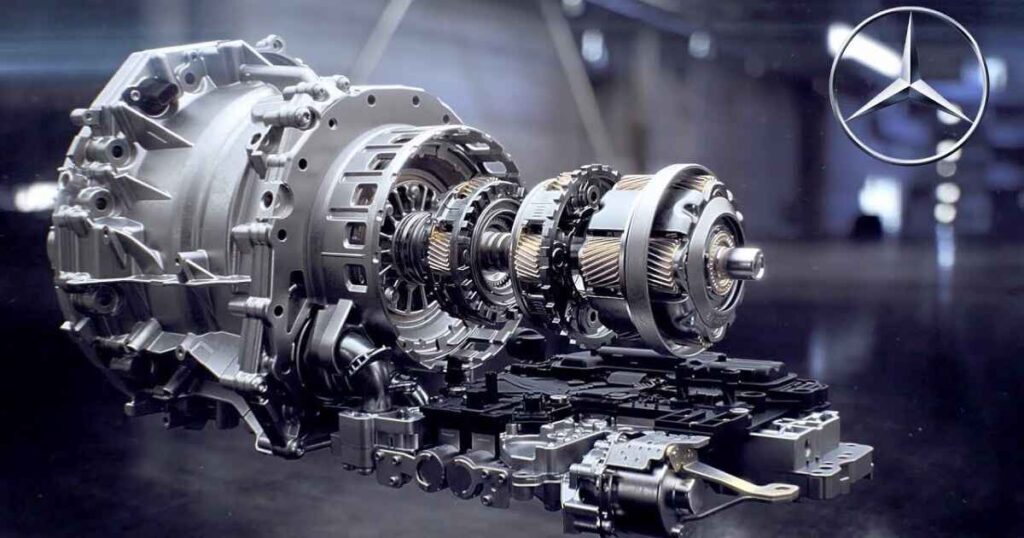
Whether you’re driving an ICE or an electric vehicle, the transmission plays a crucial role in transferring the engine’s power to the wheels. As we mentioned earlier, there are two main types of transmissions: automatic and manual.
Automatic Transmissions
Automatic transmissions are designed to shift gears automatically, making the driving experience more convenient and less demanding for the driver. They typically consist of the following components:
- Torque Converter: This fluid-coupling device acts as a clutch, allowing the engine to spin independently of the transmission when the vehicle is stopped.
- Planetary Gear Set: This set of gears provides different gear ratios, allowing the transmission to shift between different gear ranges.
- Hydraulic System: The hydraulic system is essential in automatic transmissions, controlling the engagement and disengagement of clutches and bands for smooth gear shifts. This system is powered by hydraulic pumps, such as Bosch Rexroth hydraulic pumps, which are renowned for their high efficiency and durability. These pumps deliver pressurized hydraulic fluid, enabling quick and precise adjustments to the clutches and bands based on driving conditions. Bosch Rexroth hydraulic pumps feature advanced technologies that enhance performance, reduce noise, and improve fuel efficiency, ensuring optimal power transfer from the engine to the wheels while minimizing wear on transmission components.
- Valve Body: This component regulates the flow of hydraulic fluid, directing it to the appropriate clutches and bands to facilitate gear changes.
Automatic transmissions can be further classified into traditional hydraulic automatics, continuously variable transmissions (CVTs), and modern dual-clutch transmissions (DCTs), each with its own unique features and advantages.
Manual Transmissions
Manual transmissions, also known as stick shifts, require the driver to manually select and change gears using a clutch pedal and gear shifter. While they may be less convenient than automatics, manual transmissions offer greater driver control and often better fuel efficiency. Key components include:
- Clutch: This friction disc connects and disconnects the engine from the transmission, allowing the driver to disengage the engine’s power during gear shifts.
- Gear Selector: The gear selector lever, connected to a system of forks and synchronizers, allows the driver to select the desired gear.
- Gear Set: Similar to automatic transmissions, manual transmissions have a set of gears that provide different gear ratios for optimal performance and fuel efficiency.
While manual transmissions are becoming less common in modern vehicles, they remain popular among driving enthusiasts who appreciate the level of control and involvement they offer.
Braking and Suspension Systems: Safety and Comfort
No matter how powerful or efficient your engine and transmission are, your vehicle’s braking and suspension systems are equally crucial for safe and comfortable driving. Let’s take a closer look at these vital components.
Braking Systems
The braking system is one of the most critical safety features in your vehicle, allowing you to slow down or stop in a controlled manner. Modern braking systems typically consist of the following components:
- Brake Pads and Rotors: Disc brakes, found on the front and sometimes rear wheels, use brake pads to create friction against the rotors, slowing the rotation of the wheels.
- Brake Drums and Shoes: Drum brakes, typically found on the rear wheels of older or budget vehicles, use brake shoes that press against the inside of a drum to slow the wheels.
- Brake Lines: These rigid lines and flexible hoses carry brake fluid from the master cylinder to the brake calipers or wheel cylinders.
- Master Cylinder: This component, activated by the brake pedal, provides the hydraulic pressure that actuates the brakes.
- Anti-lock Braking System (ABS): This computerized system prevents the wheels from locking up during hard braking, ensuring steering control and stability.
Regular maintenance and inspection of your braking system are crucial for ensuring your safety on the road.
Suspension Systems
The suspension system is responsible for providing a smooth and comfortable ride by absorbing the shocks and vibrations from the road surface. It also helps maintain proper tire contact with the ground, improving traction and handling. Key components of the suspension system include:
- Springs: These components, often coil or leaf springs, absorb the initial impact of bumps and irregularities in the road surface.
- Shock Absorbers or Struts: These damping devices control the rebound motion of the springs, preventing excessive bouncing and ensuring a controlled ride.
- Control Arms and Bushings: These components connect the wheels to the vehicle’s frame or body, allowing for up-and-down motion while maintaining proper alignment.
- Stabilizer Bars: Also known as anti-roll bars, these torsion bars help reduce body roll during cornering, improving handling and stability.
By maintaining your suspension system in good condition, you can enjoy a smoother, more comfortable ride while also extending the life of your tires and other related components.
Stay tuned for more in-depth coverage of other essential car parts and systems in the next section of this comprehensive guide.
Read More about For Latest Post…

